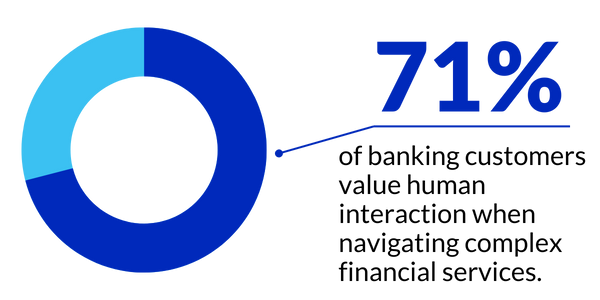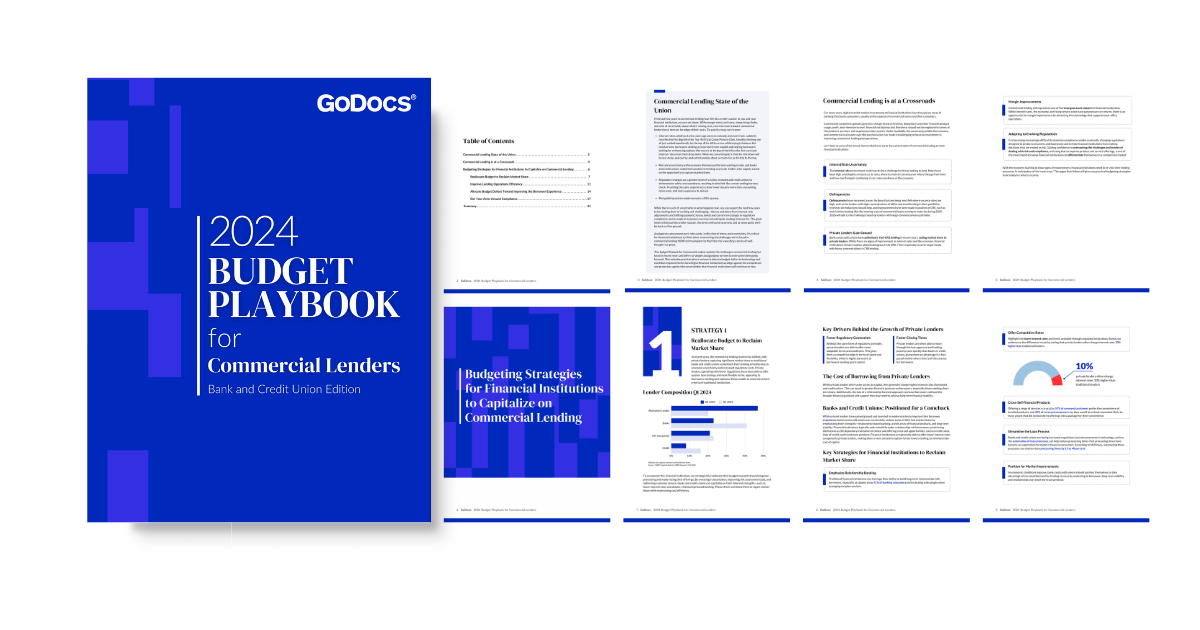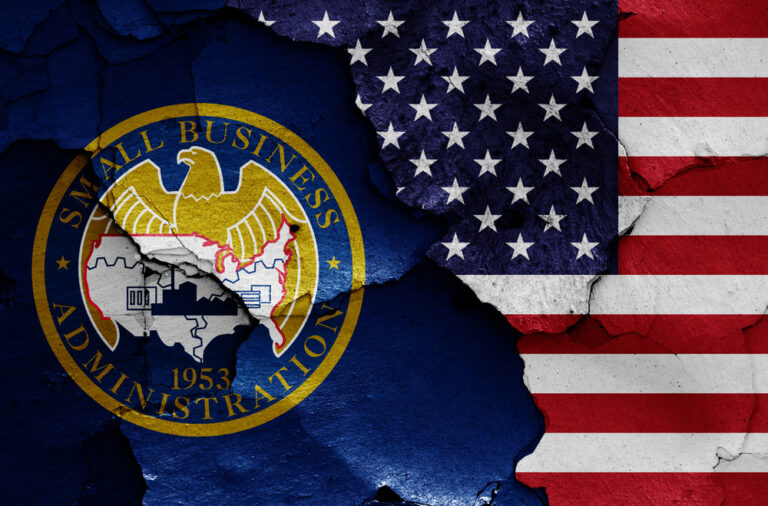As climate change accelerates, natural disasters have become a central concern for property owners, developers, and lenders alike. At the same time, the growing demand for green retrofitting and sustainability improvements has introduced new opportunities for lenders. Banks that are C-PACE adjacent, those that aren’t directly offering C-PACE loans but are willing to work alongside lenders that do, are uniquely positioned to take advantage of this trend, tapping into new markets and providing additional funding to borrowers.
Green retrofitting, supported by C-PACE (Commercial Property Assessed Clean Energy) loans, offers a means to finance energy efficiency upgrades, water conservation, and renewable energy projects. However, for many borrowers, C-PACE financing may not cover all the necessary improvements. This creates an opportunity for banks to act as C-PACE-adjacent lenders stepping in to provide the additional capital needed to complete projects and meet sustainability goals. By doing so, these banks can foster stronger relationships with developers and open the door to new business opportunities in an increasingly environmentally conscious market.
The Role of C-PACE and C-PACE-Adjacent Lenders
While C-PACE loans themselves are a valuable tool for funding specific green improvements, they are not a one-size-fits-all solution. These loans are designed to cover a narrow scope of improvements, meaning many borrowers still need additional financing to cover other aspects of the project. This is where C-PACE-adjacent banks come into play.
C-PACE-adjacent banks, unlike those directly offering C-PACE loans, work with borrowers who have received C-PACE financing. These banks step in to provide the additional funding needed to ensure that the full scope of a green retrofitting project can be completed. By aligning with C-PACE financing, these banks can offer complementary products that help borrowers bridge the gap between the C-PACE funding and the total amount required for the project.
What’s key here is the relationship between C-PACE and the other loans involved in the transaction. C-PACE loans are senior debt, meaning they take priority over other forms of financing in the event of default. However, C-PACE-adjacent banks can still play a critical role by offering financing solutions that work harmoniously with the primary C-PACE loan. Lenders who understand how these different loans interact can offer more tailored, flexible options to borrowers, adding value to the transaction and making their bank an indispensable partner in the project.
How GoDocs Is Helping Banks Adapt
GoDocs has played a crucial role in helping banks adapt to this new financial landscape. As more banks enter the C-PACE-adjacent space, GoDocs has updated its platform to ensure that lenders can easily navigate the complexities of these loans and their interaction with other types of financing.
In the past year, GoDocs has worked closely with lenders, particularly those new to the C-PACE space, to update their loan documents and ensure compliance with C-PACE regulations. The key challenge for many lenders is understanding how C-PACE loans interact with traditional financing. Since C-PACE loans have senior priority, this creates complexities for C-PACE-adjacent lenders, who need to structure their loans in a way that respects this hierarchy. GoDocs’ solutions help these lenders manage this complexity by offering digital documents that clearly outline the terms and provisions regarding the relationship between different loans, as well as protections for both parties.
Additionally, GoDocs has developed provisions for banks to handle scenarios where the C-PACE loan is in a senior position. For example, if a borrower experiences difficulty repaying their debt, GoDocs ensures that the protections and responsibilities for C-PACE-adjacent lenders are clearly defined, minimizing the potential risks associated with these transactions.
The Opportunity for Banks in C-PACE-Adjacent Lending
For banks, the opportunity lies in being proactive in adapting to the green retrofitting wave and positioning themselves as supportive partners for borrowers who need additional financing beyond C-PACE loans. C-PACE loans are particularly common in regions with a strong push for sustainability, such as the West Coast and Southeast U.S., where green retrofitting projects are already gaining traction. However, C-PACE adoption is spreading inland, and many banks can tap into these emerging markets by offering financing options for projects that go beyond the scope of C-PACE.
The key to succeeding in this space is ensuring that the additional funding provided by C-PACE-adjacent banks aligns with the goals of the green retrofitting projects and complements the C-PACE financing. As the market for sustainable buildings grows, C-PACE-adjacent banks will have the opportunity to establish themselves as key players in the financing ecosystem, attracting borrowers who need both conventional financing and green-focused solutions.
Banks that embrace C-PACE-adjacent lending can also benefit from being part of a larger sustainability movement. Many developers are now prioritizing environmental responsibility, and by working with them on green retrofitting projects, banks can showcase their commitment to sustainable business practices. This can improve their reputation, attract new clients, and position them as leaders in the evolving world of environmentally conscious finance.
The Impact of Natural Disasters on Risk Management
One area where C-PACE-adjacent lenders have to be especially vigilant is in the face of natural disasters. With climate change increasing the frequency and severity of events like hurricanes, wildfires, and floods, lenders are paying more attention to how these risks affect the properties they finance. Many lenders are using tools like FEMA flood maps to assess the risk of properties located in high-risk zones, but the reality is that other risks, such as fire and hurricane threats, are not as straightforward to insure.
In response to this, GoDocs has been working on expanding its insurance provisions, enabling banks to manage fluctuating insurance options and more complex risk profiles. For instance, if a property in a high-risk zone is uninsurable or too expensive to insure, GoDocs ensures that provisions are in place to address these issues through reserve funds or alternative insurance options. This gives banks the flexibility to proceed with lending in riskier areas while also protecting their investments.
GoDocs has also recognized that construction covenants related to future risks—such as the possibility of a property being located in a high-risk zone due to climate change—are becoming a necessity. As part of its comprehensive loan documentation solutions, GoDocs has enabled banks to include clauses that account for future changes in risk, ensuring that borrowers can still obtain necessary insurance coverage as conditions evolve.
Unlocking New Opportunities in Sustainable Lending
As natural disasters become a bigger concern for the commercial lending industry, the demand for sustainable building solutions and green retrofitting projects is on the rise. For banks that are C-PACE-adjacent, this presents a prime opportunity to work with borrowers who need additional funding to complete their green retrofitting projects. By aligning with C-PACE financing, banks can unlock new markets, build stronger relationships with developers, and position themselves as leaders in the sustainable finance space.
With the help of platforms like GoDocs, which streamline documentation and risk management processes, banks can navigate this evolving landscape with greater ease. The future of lending lies in providing flexible, sustainable financing solutions that support both the borrower’s environmental goals and the lender’s risk mitigation strategies. By seizing this opportunity, C-PACE-adjacent banks can not only grow their business but also contribute to a greener, more resilient future.
Head of Business Strategies & Partnerships









